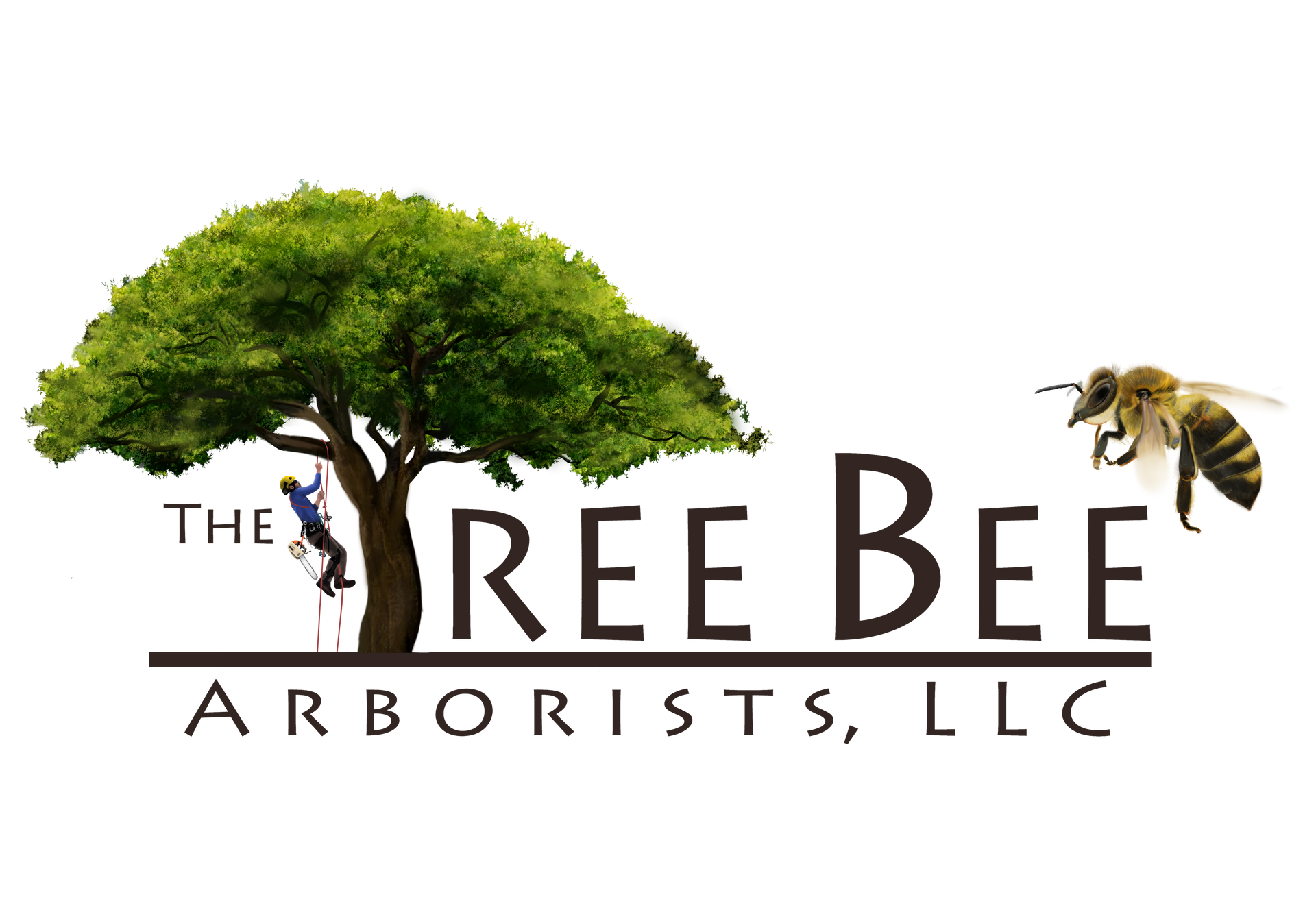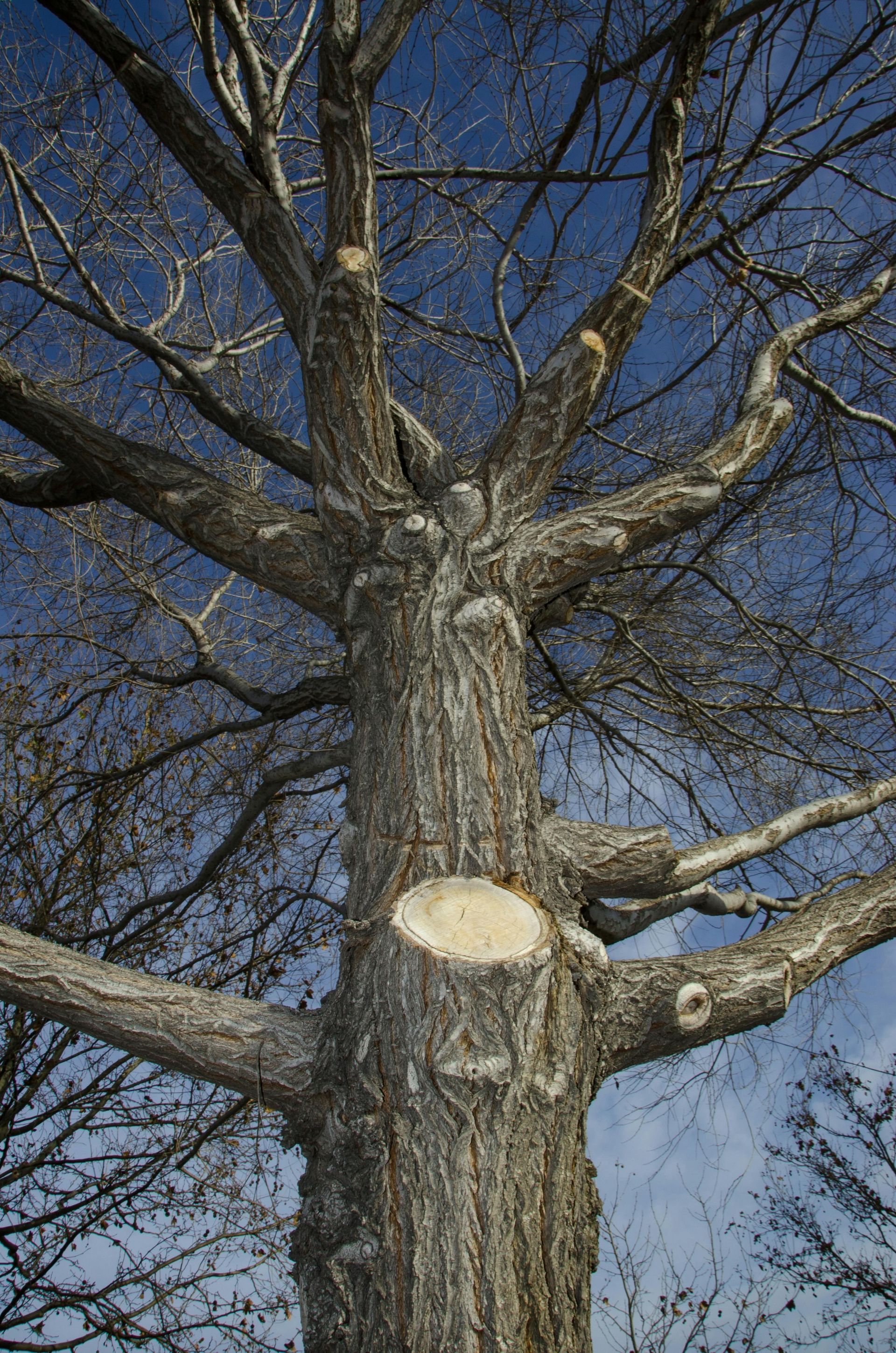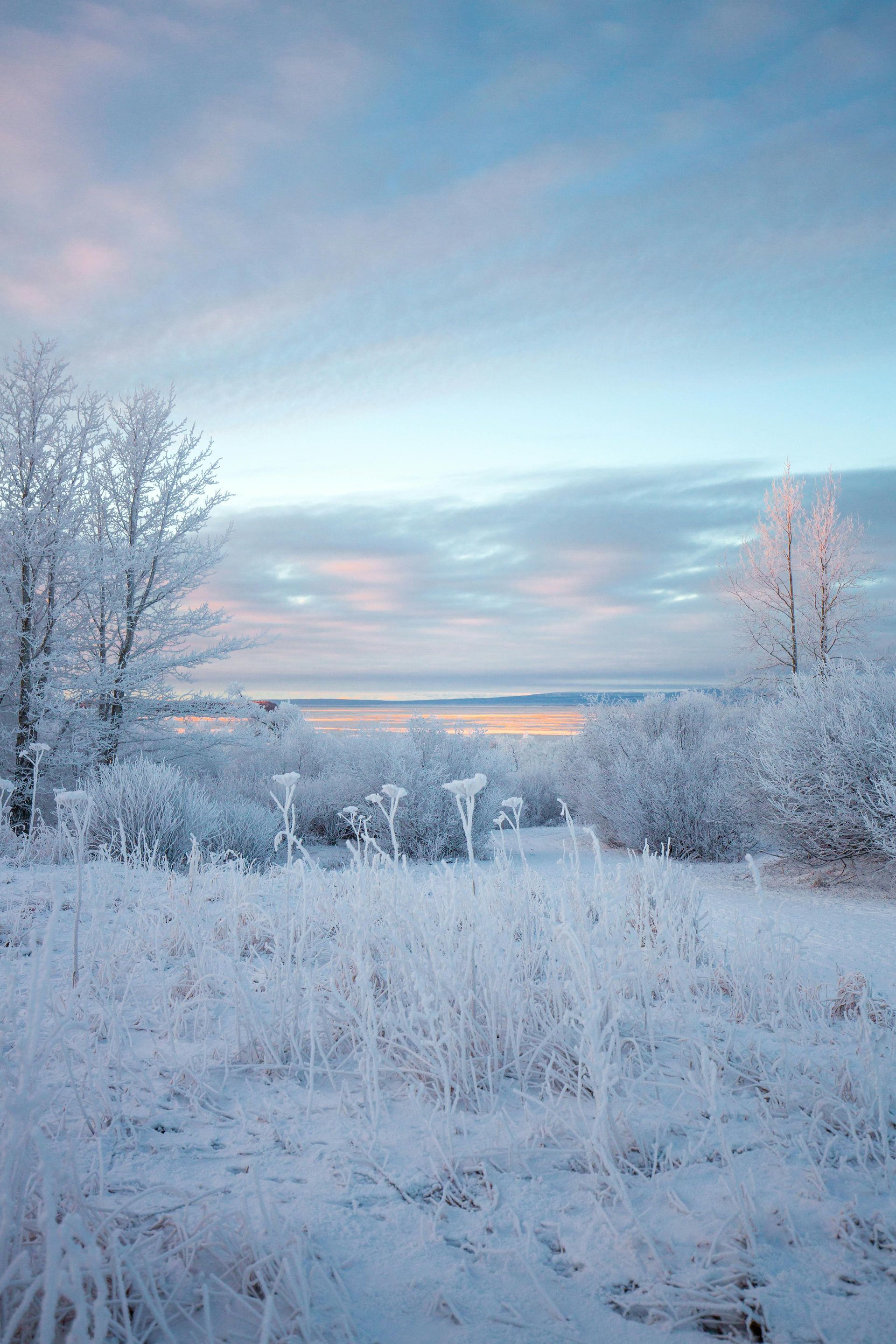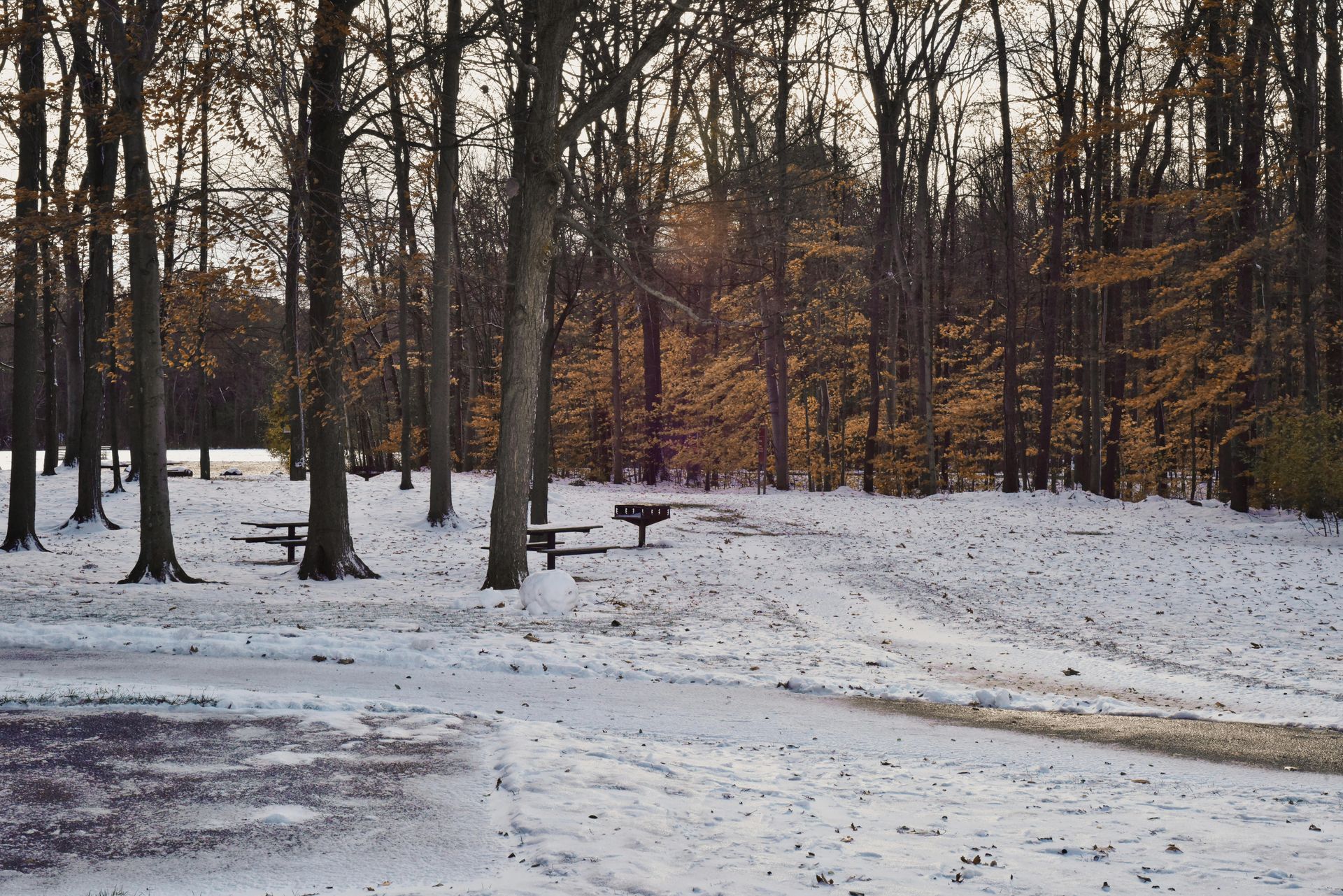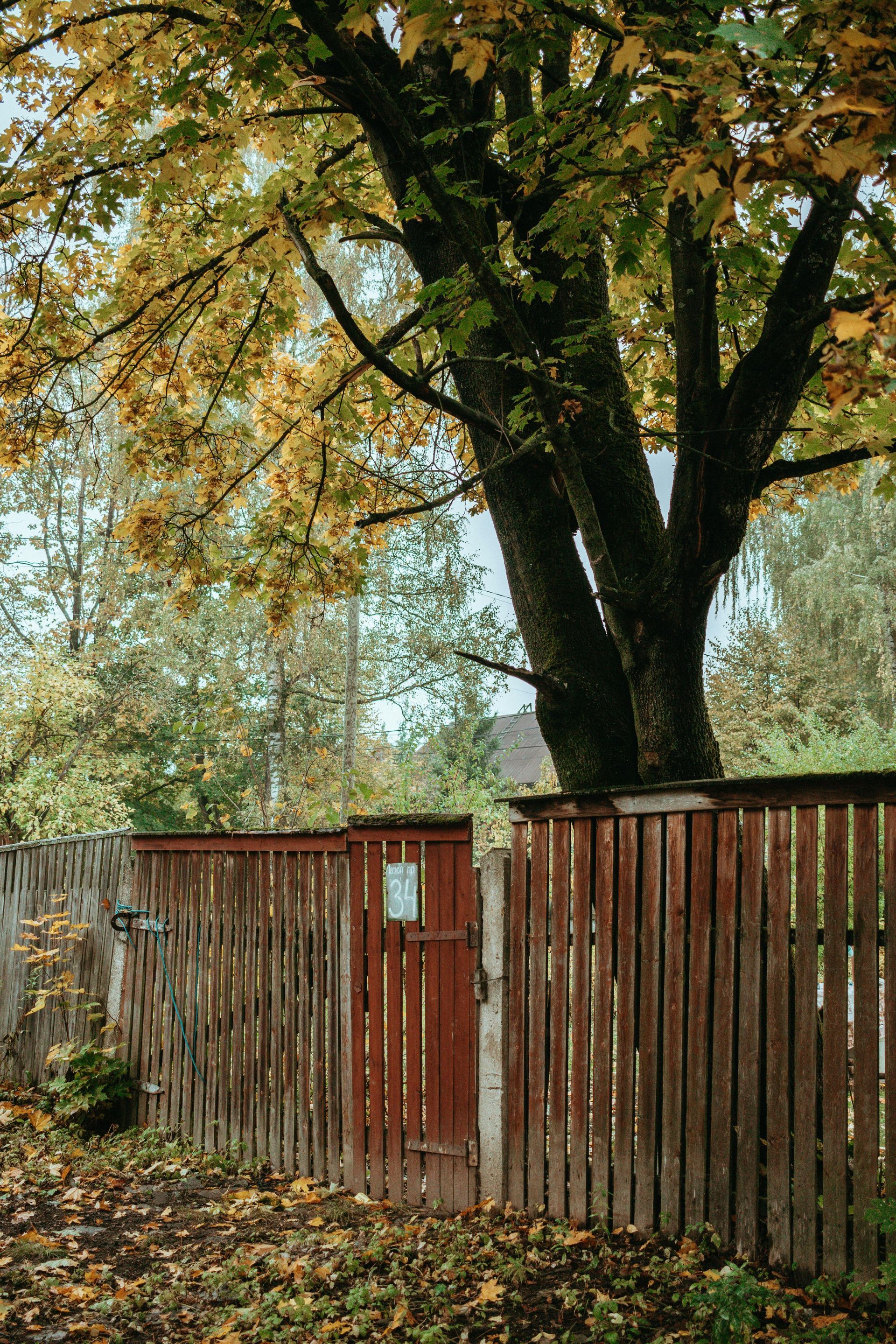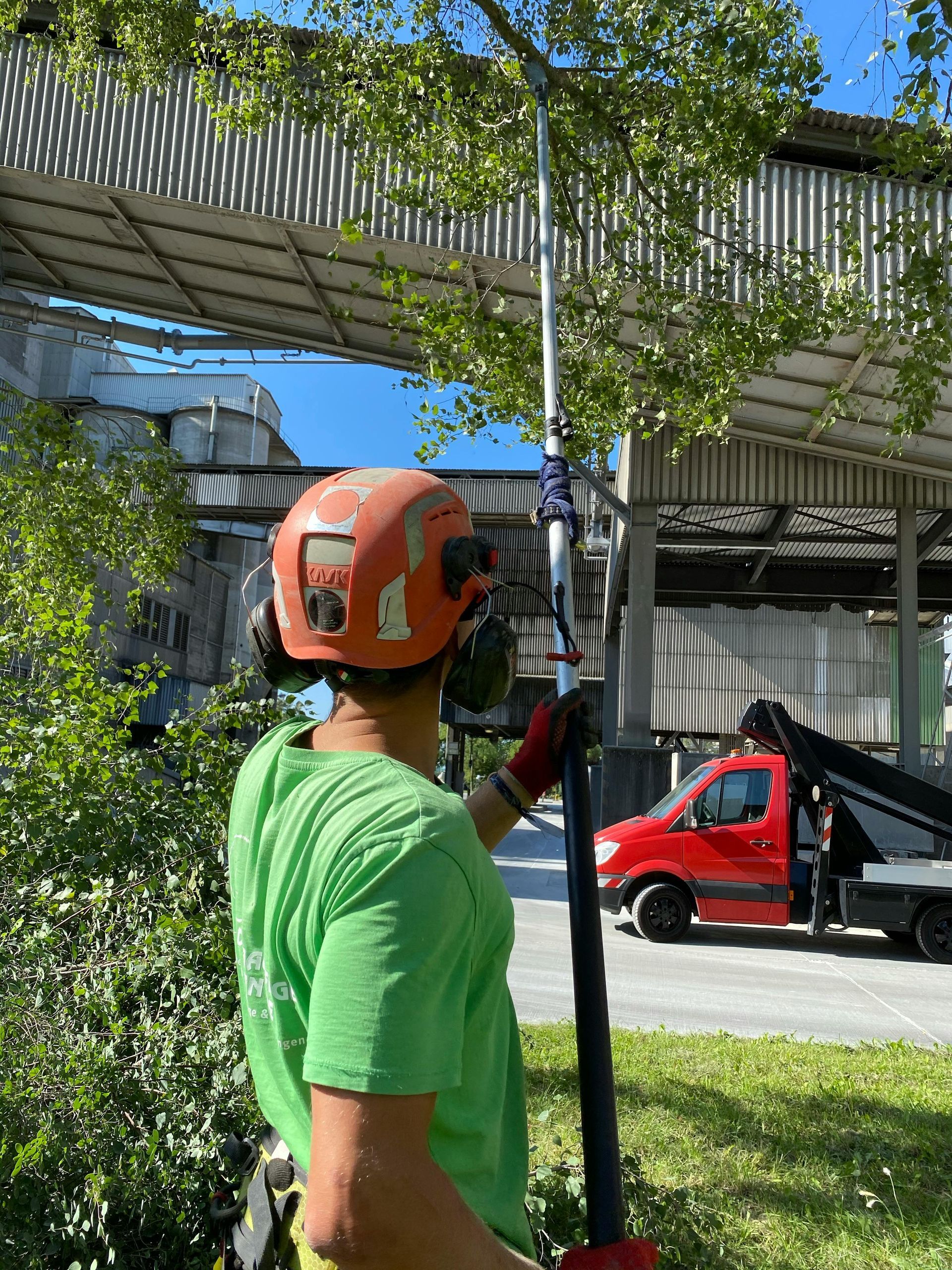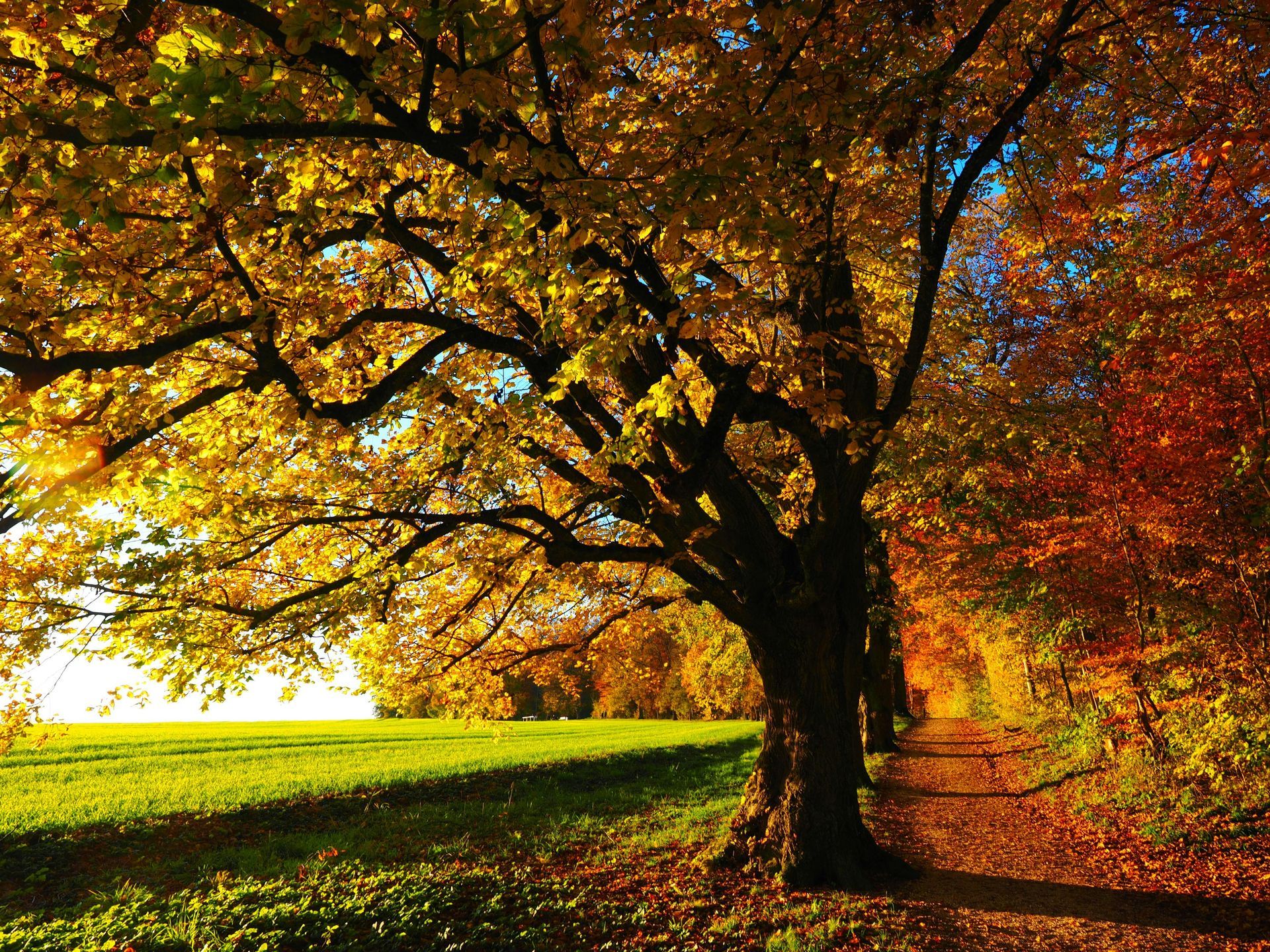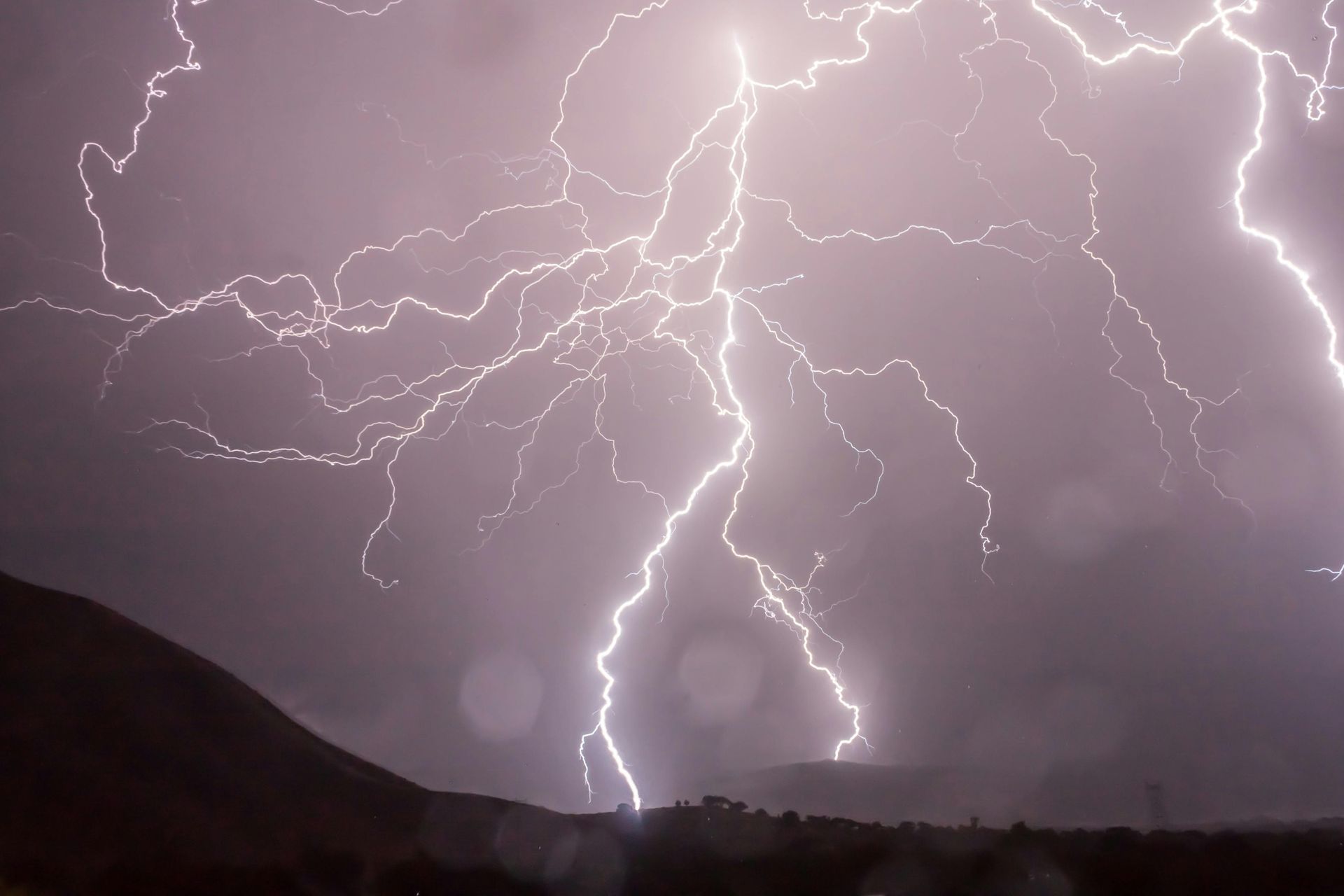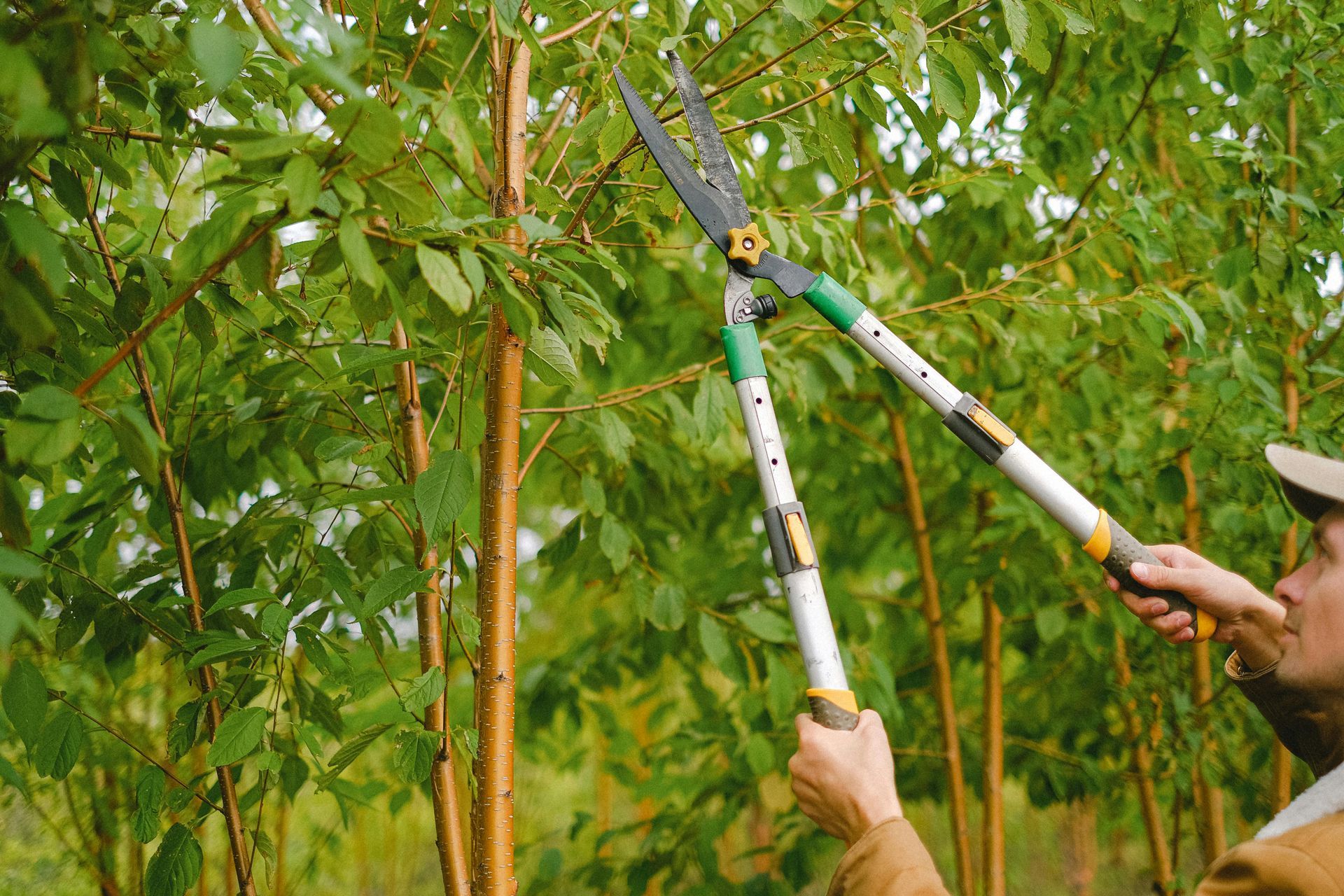Spring Tree & Shrub Fertilization
Why Now Is the Time to Feed for Long-Term Health
Introduction
As the growing season kicks into gear, your trees and shrubs are putting out new leaves, flowers, and roots. All that growth requires energy—and spring is the ideal time to replenish nutrients lost over winter and set your landscape up for long-term success.
Here’s why spring fertilization matters, and how to do it right.
1️⃣ Why Fertilize in Spring?
After a long winter, trees and shrubs use a surge of stored energy to leaf out and flower. Spring feeding helps:
✔ Replace nutrients lost to leaching or snowmelt ✔ Support vigorous growth and recovery from dormancy ✔ Improve flowering, fruiting, and canopy density ✔ Boost resilience to environmental stress
Fertilizing in spring gives your plants the tools they need to perform all season long.
2️⃣ Our Approach: Health-Focused, Eco-Conscious Feeding
We don’t use high-nitrogen quick fixes or unnecessary additives. Our deep root fertilization program is:
💧 Eco-friendly 🌿 Slow-release 🌱 Root-zone targeted
It’s designed to support soil health, encourage strong root development, and create healthier trees over time—not just a short-term “green-up.”
Micronutrients (like iron or manganese) are only added when tests show a deficiency.
3️⃣ Deep Root Feeding = Smarter Nutrient Delivery
Unlike surface feeding, deep root fertilization places nutrients directly into the soil where roots can absorb them most efficiently.
✔ Reduces waste and runoff ✔ Bypasses compacted surface soils ✔ Stimulates microbial activity underground ✔ Encourages deeper, stronger root systems
This makes a big difference in plant performance, especially in urban or compacted soils.
4️⃣ Soil Testing Before You Feed
Fertilizer should be applied with intention, not guesswork. We recommend testing your soil or conducting a foliar analysis before deciding on a fertilizer blend.
🧪 This ensures you're applying what your plants actually need, and nothing more. 💡
Testing also helps spot underlying problems like poor pH, salt buildup, or missing micronutrients.
5️⃣ Combine Fertilization with Other Spring Tree Care
Fertilization works best when paired with good cultural practices. Spring is a great time to:
✔ Prune for structure ✔ Improve mulching ✔ Monitor early pest activity ✔ Address drainage and compaction
Think of spring fertilization as part of a whole-plant health strategy.
🌳 Final Thoughts
Healthy trees don’t happen by accident. A targeted, eco-conscious fertilization plan can transform how your trees grow, resist stress, and thrive over the long term.
📞 Want to know what your trees really need this spring? Let’s talk soil testing and deep root feeding options for your landscape.
